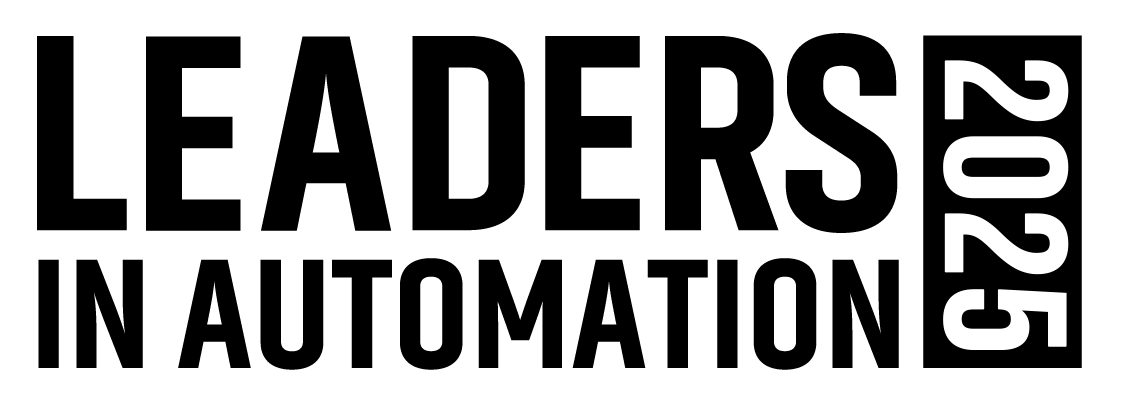Can Digital Transformation Really Transform Your Business?
- WireCrafters reduced quote-to-production handoff time by 40% through integrated cloud-based systems that eliminated duplicate data entry and workflow bottlenecks.
- Digitally mature companies are 41% more likely to diversify supply chains, have a 22-point improvement in talent retention, and more than 50% gains in customer satisfaction and productivity.
- Although 70-80% of budgets go to software, only 20-30% of ROI comes from technology. The majority of value comes from supporting people and optimizing processes during the transition.
While there’s no denying the impact of global instability, talent shortages and rapidly evolving technologies on the viability of manufacturing operations, one factor consistently sets top-performing organizations apart: digital transformation.
Autodesk’s 2025 State of Design & Make report, drawing on insights from more than 5,500 global industry leaders, confirms what early adopters already know: digital transformation delivers real results associated with greater productivity, profitability and increased resilience.
Autodesk’s insights on digital transformation
Digital transformation isn’t just about new software or cloud migrations. It’s a holistic reimagining of how organizations operate by using digital tools to automate workflows, enhance collaboration and uncover new business opportunities.
Crucially, it's also a people-first initiative. Technology should empower employees to do more with less, not overwhelm them.
The 2025 State of Design & Make report defines “digitally mature” companies as those that are furthest along in their transformation journey. These organizations outperform their peers on nearly every metric:
- 41% more likely to diversify supply chains.
- 22-point improvement in attracting and retaining talent.
- 30% more likely to report above-average performance.
- 35% more likely to have increased investments over the past three years.
They also report over 50% gains in customer satisfaction, innovation and productivity.
Digital transformation is a holistic reimagining of how organizations operate by using digital tools to automate workflows, enhance collaboration and uncover new business opportunities.
WireCrafters’ transformation
Louisville-based WireCrafters< https://www.wirecrafters.com>, a manufacturer of high-quality wire partitions, safety cages and guarding systems, found that its path to digital transformation started with a familiar problem: inefficiencies in the sales-to-engineering workflow. Their legacy sales configurator wasn’t web-based and couldn’t communicate with their ERP system. This led to duplicate data entry, approval bottlenecks and miscommunications between teams.
Using Autodesk Factory Design, Imaginit created a cloud-enabled quoting and design system, complete with a custom online library of parts that both sales and engineering teams could access. Now, sales reps generate quotes through an electronic configurator, which feeds directly into engineering. Engineers then use the same data to generate 3D models, client-ready visuals and manufacturing cut sheets — all from a single integrated platform.
The result? WireCrafters reduced quote-to-production handoff time by 40%, accelerated project timelines, improved customer satisfaction and freed up staff to focus on higher value work. The business case for digital transformation Imaginit’s experience working with manufacturers shows the key results from digital transformation:
- Greater efficiency. Digital tools streamline every stage, from product design to construction management. Real-time dashboards, cloud-based collaboration platforms and mobile apps keep teams aligned on the shop floor or job site. These efficiencies compound quickly. According to Autodesk’s research, most digitally mature organizations report more than 50% improvements in both innovation and output.
- Increased profitability. Automation reduces manual effort, while standardized data minimizes errors and rework. That translates into better margins. It also enables businesses to handle more work with the same headcount — a major advantage amid persistent labor shortages. At WireCrafters, automation didn’t reduce headcount; it allowed existing teams to do more in less time.
- Improved quality and consistency. Digital workflows promote consistency and proactive quality control. Tools like 3D modeling help detect design issues before they cause costly delays in the field. This reduces errors and drives better customer outcomes.
Beyond these key results, the ripple effects of digital transformation also boost:
- Talent. 75% of digitally mature organizations say their digital and sustainability investments help attract and retain top talent, particularly younger workers.
- Sustainability. Once viewed as a cost, sustainability now drives revenue. In fact, 72% of executives believe sustainability initiatives can contribute at least 5% to annual revenue.
Digitally advanced firms are more likely to embed sustainability into design, manufacturing and delivery workflows.
Overcoming digital transformation barriers
Of course, transformation doesn’t come without challenges. The top three barriers cited in Autodesk’s 2025 report were cost, time and a shortage of skilled talent. However, digitally mature firms worry less about these issues and focus more on optimizing existing tools.
In most engineering tech rollouts, 70-80% of the budget goes to software and infrastructure, but only 20-30% of the actual ROI comes from that layer. The majority of value is unlocked by the people and processes surrounding it. This indicates that companies should shift investments to support adoption of new digital technologies to ensure that their workers are supported during the transition.
To start or accelerate your digital transformation, begin with a specific business challenge such as quoting delays, siloed data or repetitive manual tasks. Then partner with experienced technology advisors who understand your industry and can tailor solutions accordingly. As WireCrafters proved, even a targeted automation initiative can unlock significant gains and provide a foundation to scale further.
Jason Barnett is vice president, manufacturing and product lifecycle management ay Imaginit Technologies.
More digital transformation insights from Automation World:
About the Author

Leaders relevant to this article:
